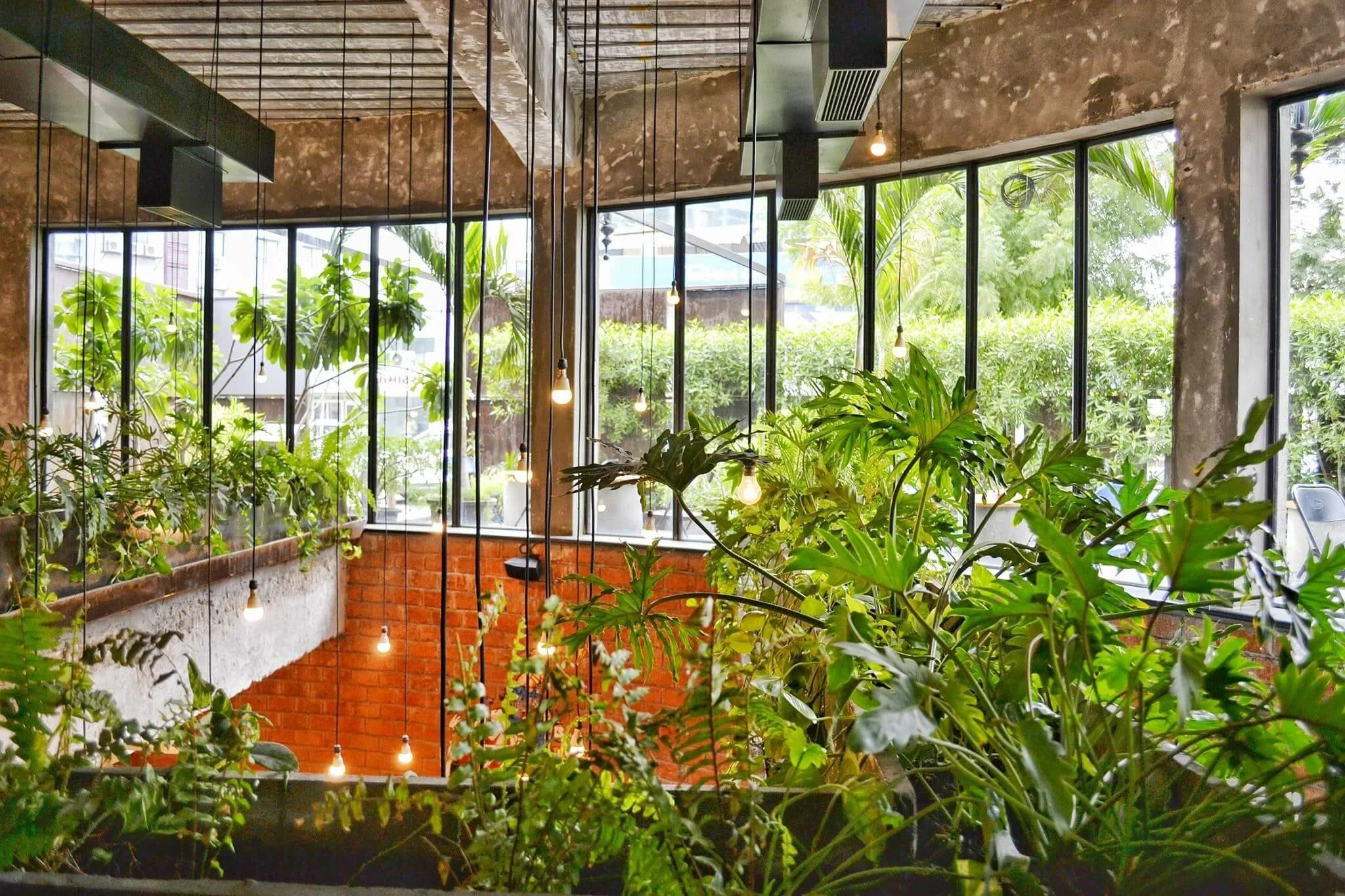Architecture and Sustainability: New Ways of Living in Urban Environments
With global warming becoming a more pressing issue than ever before, sustainability is understandably at the forefront of people’s minds. And while we all have a part to play as individuals, it’s vitally important that the spaces in which we live and work are keeping up with society’s growing desire to clean up our environment.
For many years, urban spaces across the globe have been some of the biggest culprits in terms of the environmental damage that our planet has sustained, due to their concentrated levels of pollution. Though cities are continuing to expand at a rapid pace, there is growing regard for sustainability in all different aspects of urban environments, from its buildings to the infrastructure that keeps them moving.
With architecture playing a central role in how cities develop, it’s inherently linked to the sustainability of urban areas. Fortunately, there are so many ways architectural processes can be made more environmentally friendly, as we’ll explore in this post. Beyond that, we’ll look at some of the other modern solutions to environmental issues for people living in urban environments, and explore what the future might hold for the world’s metropolises.
Green Buildings
Contemporary building projects are increasingly focused on sustainability, with both customers and governments demanding a more eco-friendly approach to construction. We’re already seeing a growing trend in new buildings containing sustainable features, to help limit their impact on the environment.
Buildings are clearly a key part of creating greener cities since homes, offices, and hospitality spaces are the backbone of any urban area. From the construction and design process to the use of the buildings, the opportunities to incorporate sustainable elements are virtually limitless.
In the design process, constructors should look to find ways to make it easier for future occupants to use the building sustainably. This could include water management systems, harnessing renewable energy, and incorporating more natural light throughout the building. The world’s most environmentally friendly urban buildings will all have similar characteristics in common. Eco-conscious buildings will also be made up of sustainable materials, which helps to relieve the pressure on the world’s raw materials, whilst limiting the amount of waste that ends up in landfills.
Public Transportation
One of the most important ways an urban area can improve its eco credentials is by encouraging greater use of public transport. This can reduce the number of cars on the road, which will, in turn, reduce pollution and traffic congestion. Additionally, by removing more cars from urban roads, these spaces will become safer for pedestrians to walk or cycle, therefore encouraging these greener methods of travel.
In London, the Mayor has set the target for 80% of all Londoners’ journeys to be made without the use of private vehicles by 2041. This means that four in five journeys are expected to be made using either public transport or by foot/bicycle. For this target to be met, it’s crucial that cities like London work closely with their inhabitants, to make it easier for people to make more eco-friendly choices when it comes to transportation.
Sustainable Technologies
As efforts to protect the natural environment are ramped up across the globe, it’s expected that sustainable innovations and infrastructure will play an increasingly important role in decarbonizing urban areas. One example of this is the Smog Free Tower, which is designed to improve local air quality in open spaces. The technology is already being used in several different countries across the world, including China and Mexico.
In turn, projects like the Smog Free Tower will hopefully encourage people to make greater use of green spaces in urban areas, helping them to connect with nature whilst promoting healthy ecosystems in cities.
It’s clear that technology and modern innovations will be key in the fight against climate change, and projects like this are set to become more mainstream in the not-too-distant future.
To Sum Up
There is an urgent need for individuals and governments to find new ways of living in urban environments, to limit the damage these spaces can do to the planet. This has to start with the architectural elements since buildings have such an integral role in determining the sustainability of any given area. With construction companies catering to the rising demand for sustainable features within homes and offices, we can expect eco-friendly practices to become a part of everyday life for people living in and around our urban areas.
Author: James Ritter, digital consultant with a particular interest in sustainability, and have advocated for content focusing on both local and global environmental issues. I majored in creative writing at university, and am always eager to expand my knowledge around different subjects.






